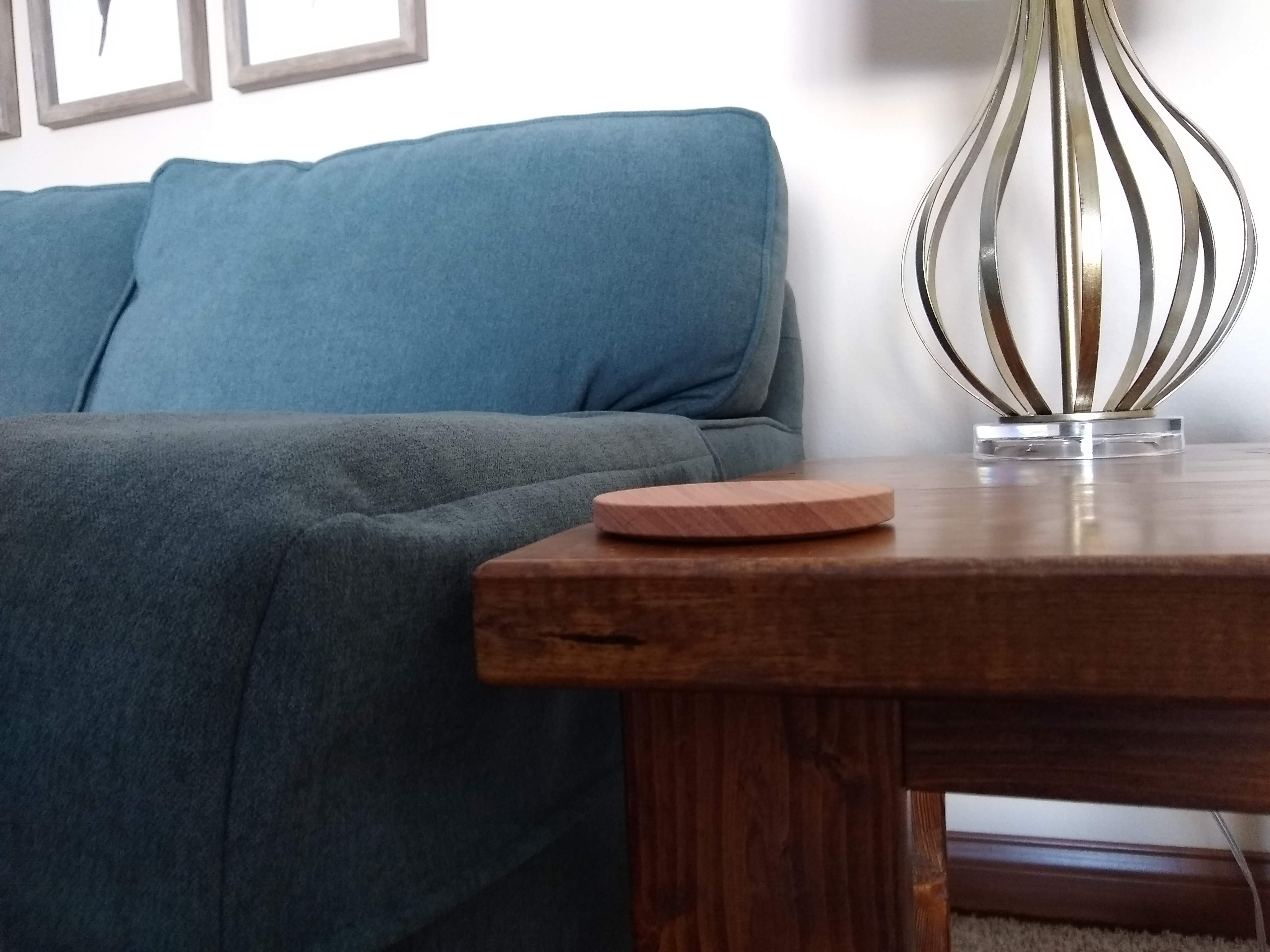The temperatures started to really drop the past few weeks as a so-called “polar vortex” sent super chilled air through my part of the United States. As I suffered through numb fingers in the garage putting the finishing touches on a large furniture project and my space heater failed to keep pace with the howling wind outside I wondered, “Why do I bother making furniture for my house?”
The initial answer is that it is my hobby. There is a kernel of truth in this answer.
However, the real answer lies in what was the genesis behind the hobby. After buying our first house, a Cape Cod style home built in the 1930s, we wanted furniture that fit the spaces that we had in a classic home. In essence, we wanted custom furniture but we could not afford custom furniture. We also wanted to replace damaged trim, crown molding, and casework with appropriate looking modern facsimiles. When your trim is made from ¾” thick hardwood that is over four inches tall there is no lumberyard that stocks such a replacement.
I find myself two houses later making furniture in a freezing garage. Why? The answer is still that we want something custom to fit our space. Our housing and economic circumstances have changed, but our motivation has not.
The finished basement in my home is the great example of this new reality. Instead of vintage woodwork to accommodate, we were stuck trying to fit furniture to a couch that we had ordered. With a maximum of naiveté, we ordered a custom sectional from a manufacturer in Indiana. We liked the modern lines, choice of fabric, and overall size versus the easier to acquire mass produced versions available at the local furniture stores.
The problem with the couch is that clean, modern lines also mean that most commonly available furniture and furniture plans are not sized to accommodate. What does this mean in practical terms? Take an end table. You want the top of the table to be flush or slightly below the top of the arm of the couch. Taller than that and you risk knocking drink glasses on the edge of the table top every time you go to place your glass on a coaster. Here is what that transition looks like:

How did I come up with that exact height? I sat down with a cup in hand, hovered it over where I would naturally set it down, and had my wife measure that height with a tape measure. It does not get more custom.
In practical terms this meant that I had to take an existing plan—the Ana White rustic x end table in this case—and cut it down. Sounds simple in a sentence, but reducing the height meant changing the proportions of several components of the piece. In reality, it meant making some stuff up as I went along which is how I make furniture most of the time. Every piece, even if it is made from the same plan, turns out a little bit or a lots of bits different.
The aforementioned couch also proved to be problematic when crafting a sofa table to sit along the rear. Low arm height also corresponds to a lower back height. Those modern lines are so minimalist in both form and function. Every piece and plan we looked at was too tall by several inches, so you ended up with both a barrier and a view of usually unfinished rears. Ugh.
The solution? You got it, custom built furniture. This time the base plan was the Shanty 2 Chic DIY Sideboard. Lots of changes versus the original plan in my version:

The height was obviously dropped to accommodate the back of the sofa. However, I also increased the thickness of the top from a single piece of edge banded ¾” plywood to a pair of stacked pieces of plywood. This made the top more in line, in terms of heft, with both the end tables and the forthcoming television stand that is in process. It did make the top weigh a whole lot, so be forewarned if you decide to make the same mistakes that I did.
I also changed the interior configuration from evenly split shelved to having more space on the bottom to accommodate larger items:

One has to have room for all of those LEGO sets. Just wait until you see what I did to the craft table plans we found online.













